Talk Overview
Part 1. The most deleterious form of DNA damage is a double-strand break (DSB), which can arise from errors in DNA replication, from the failure of topoisomerases to complete their cycles of DNA cutting and rejoining, from mechanical stress and from the action of endonucleases that cleave DNA. Here we review mechanisms of DNA repair, specifically how DSBs can be repaired either by nonhomologous end-joining mechanisms or by several homologous recombination pathways including single-strand annealing, gene conversion and break-induced replication.
Part 2. A specific set of examples of homologous recombination in budding yeast is presented based primarily on data from the Haber lab. Here a site-specific HO endonuclease can be induced to create a single DSB in the genome and the kinetics of repair can be followed in real time. The roles of key recombination proteins and the different types of outcomes provoked by this DSB are reviewed.
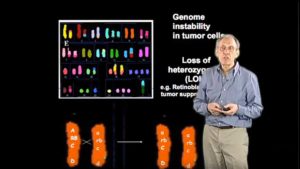
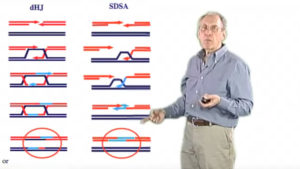
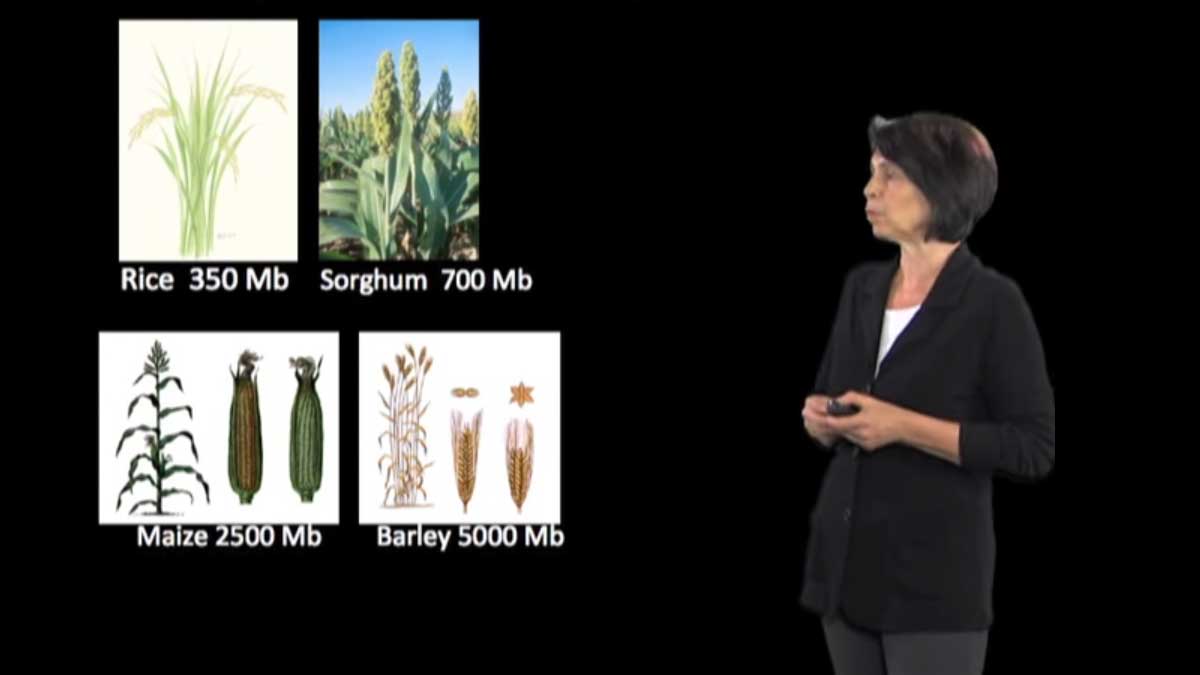
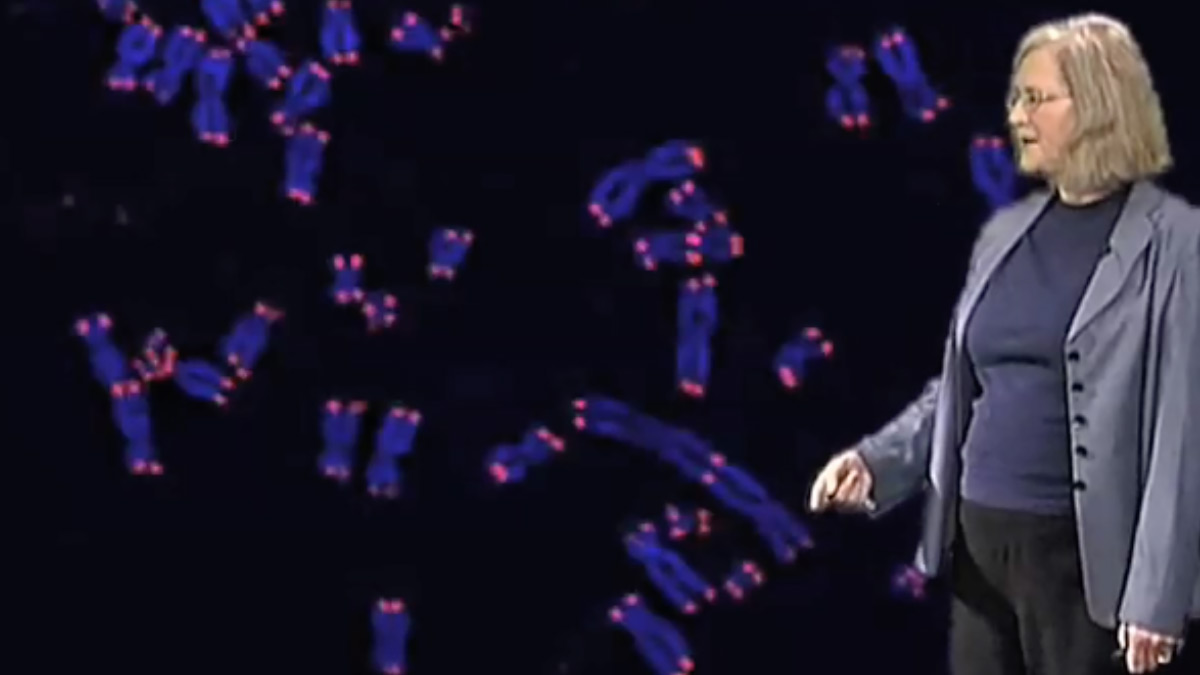

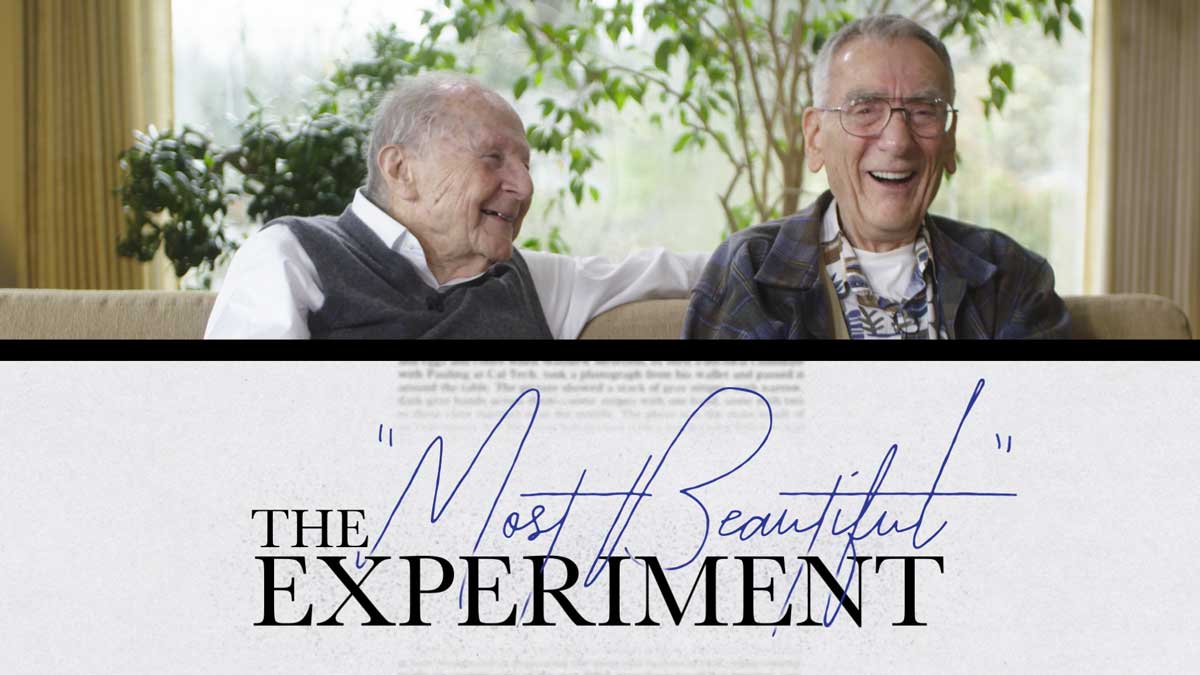





health news says
I’m now not positive where you’re getting your information, but great
topic. I needs to spend some time learning more or working out more.
Thanks for magnificent information I was searching for
this info for my mission.